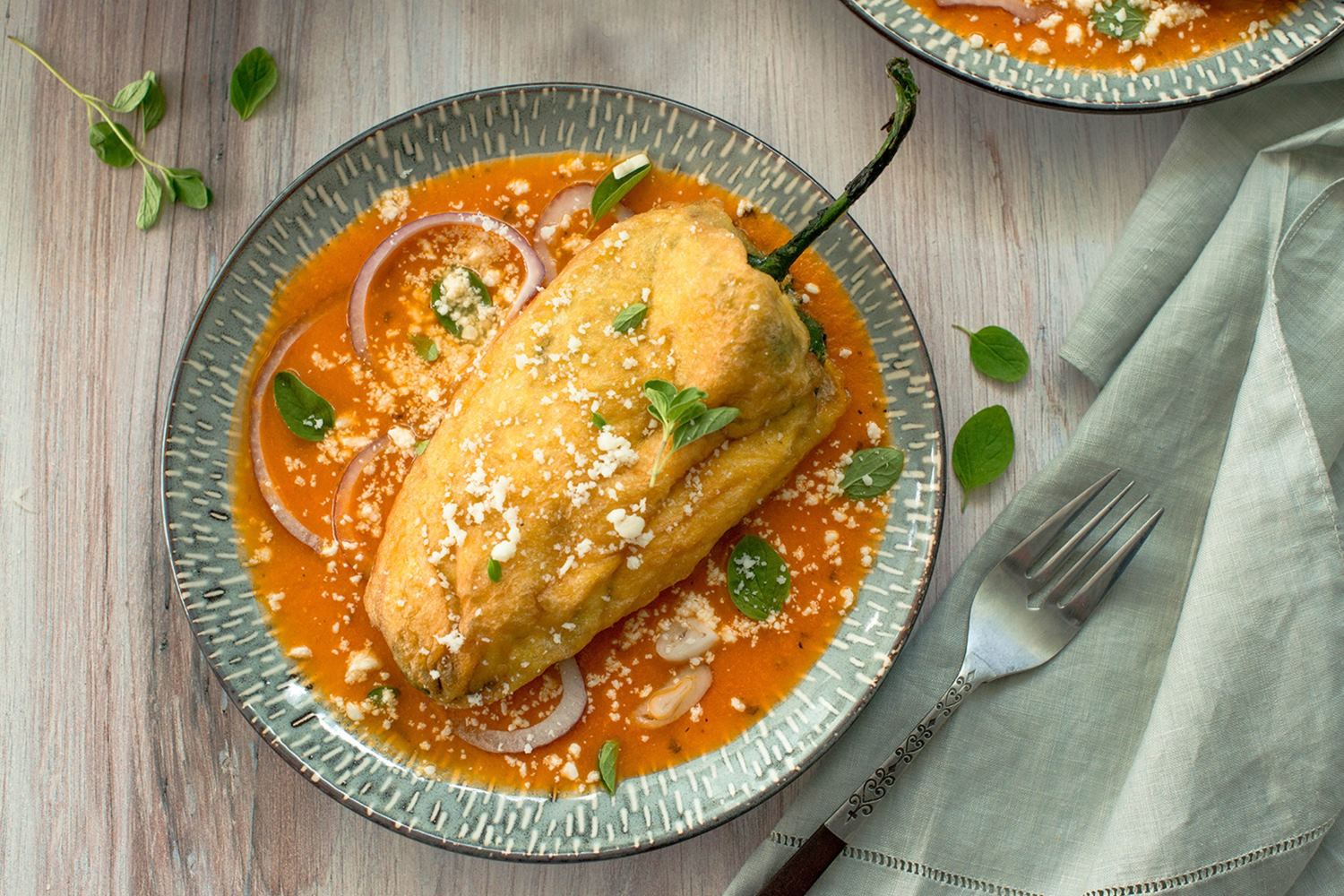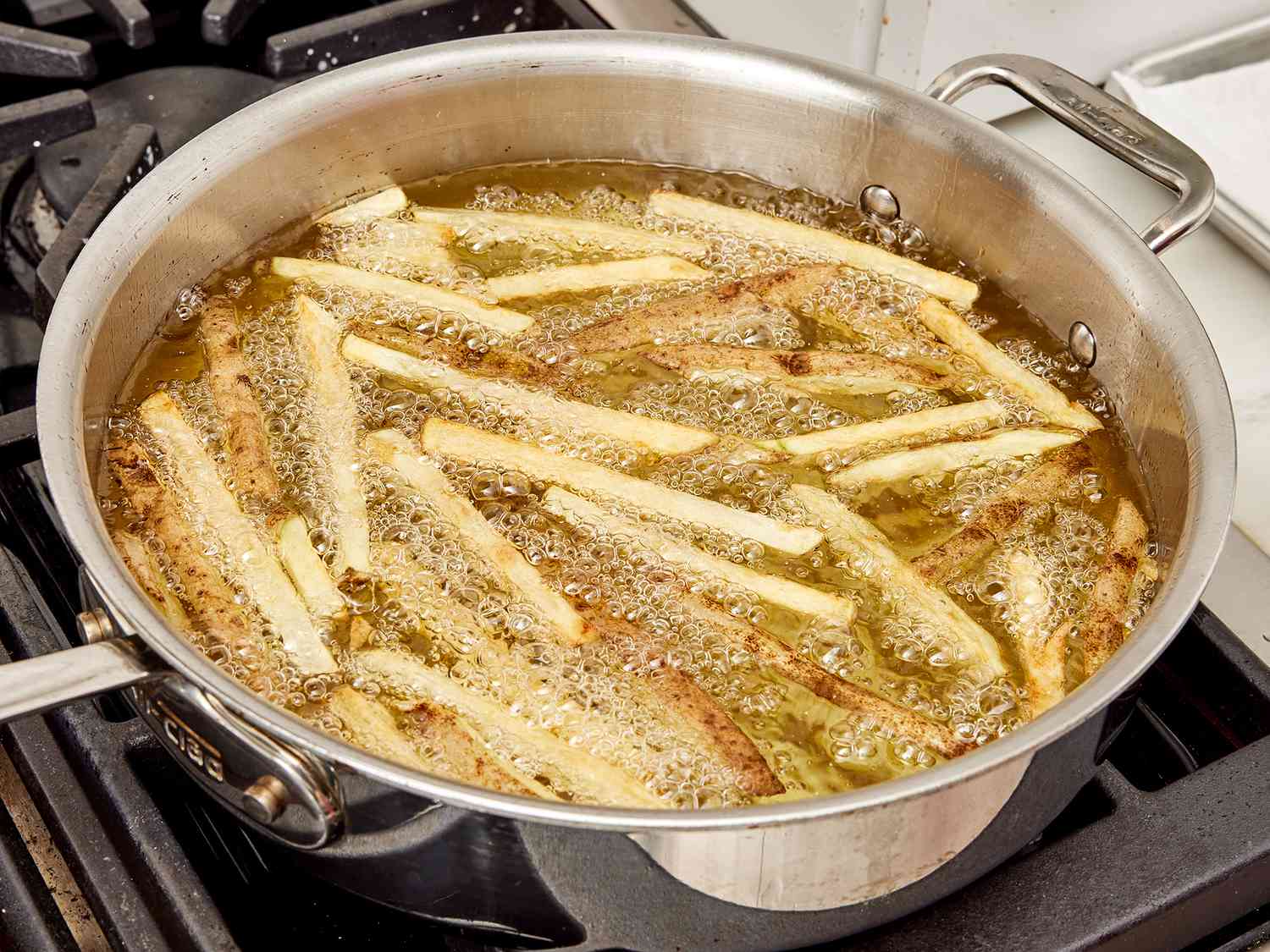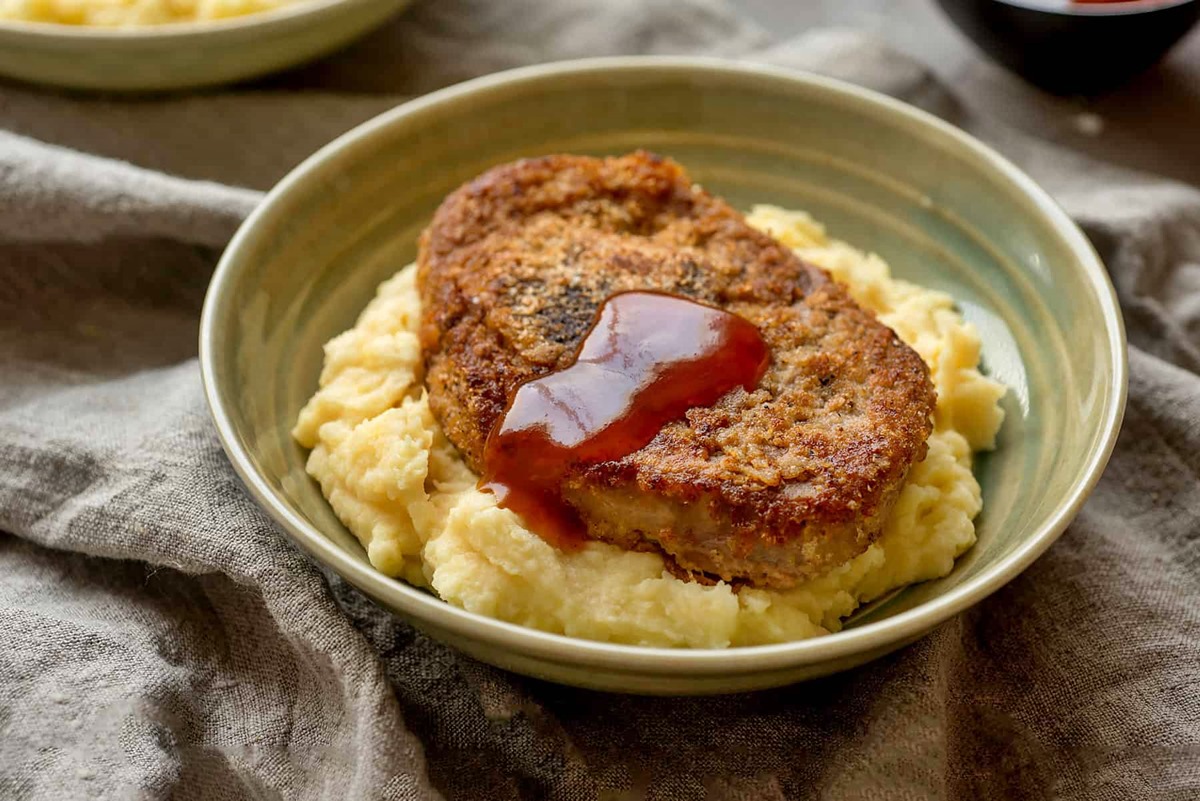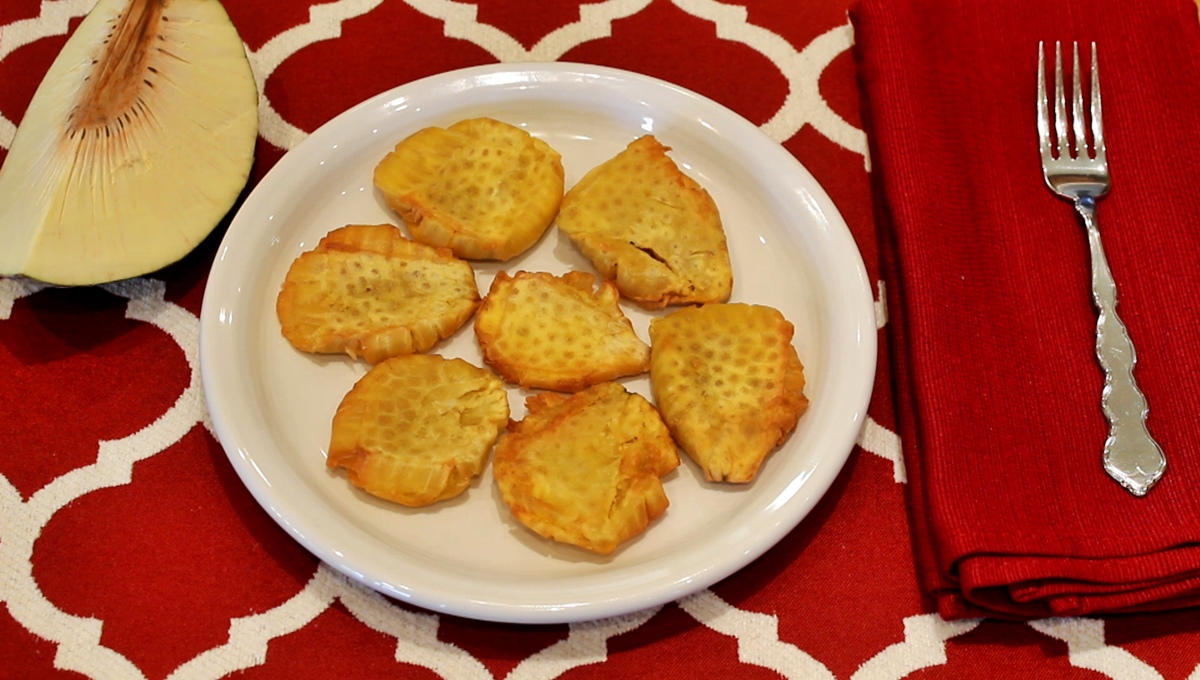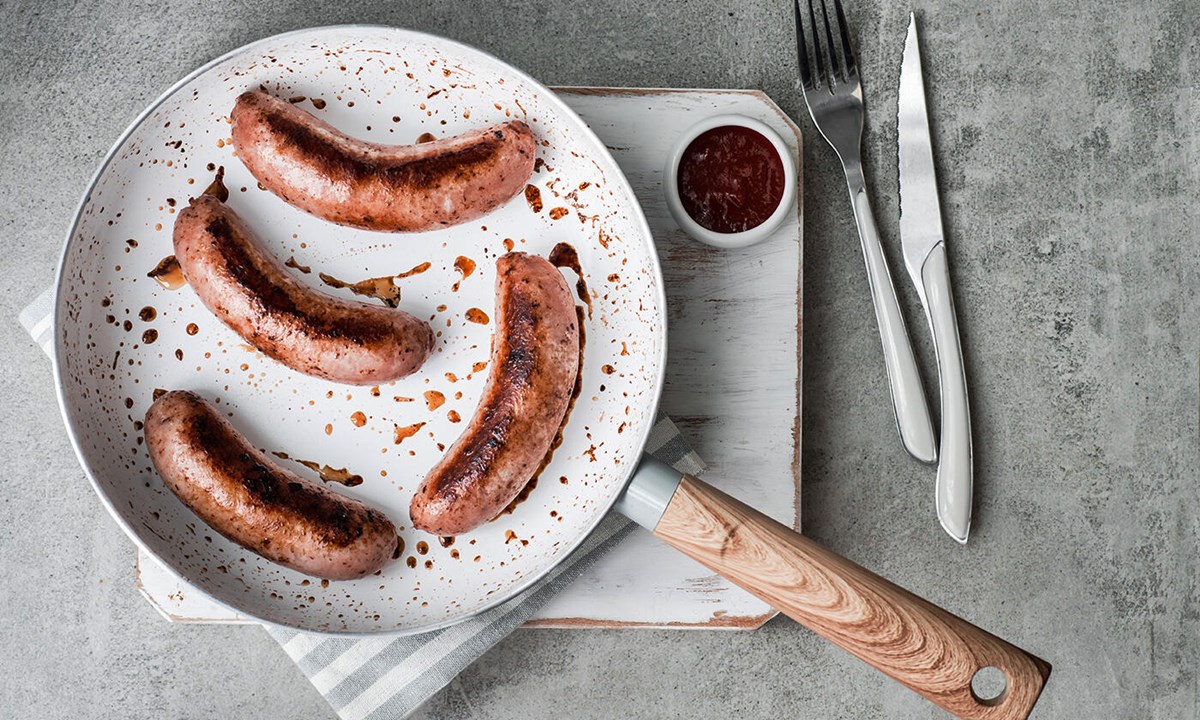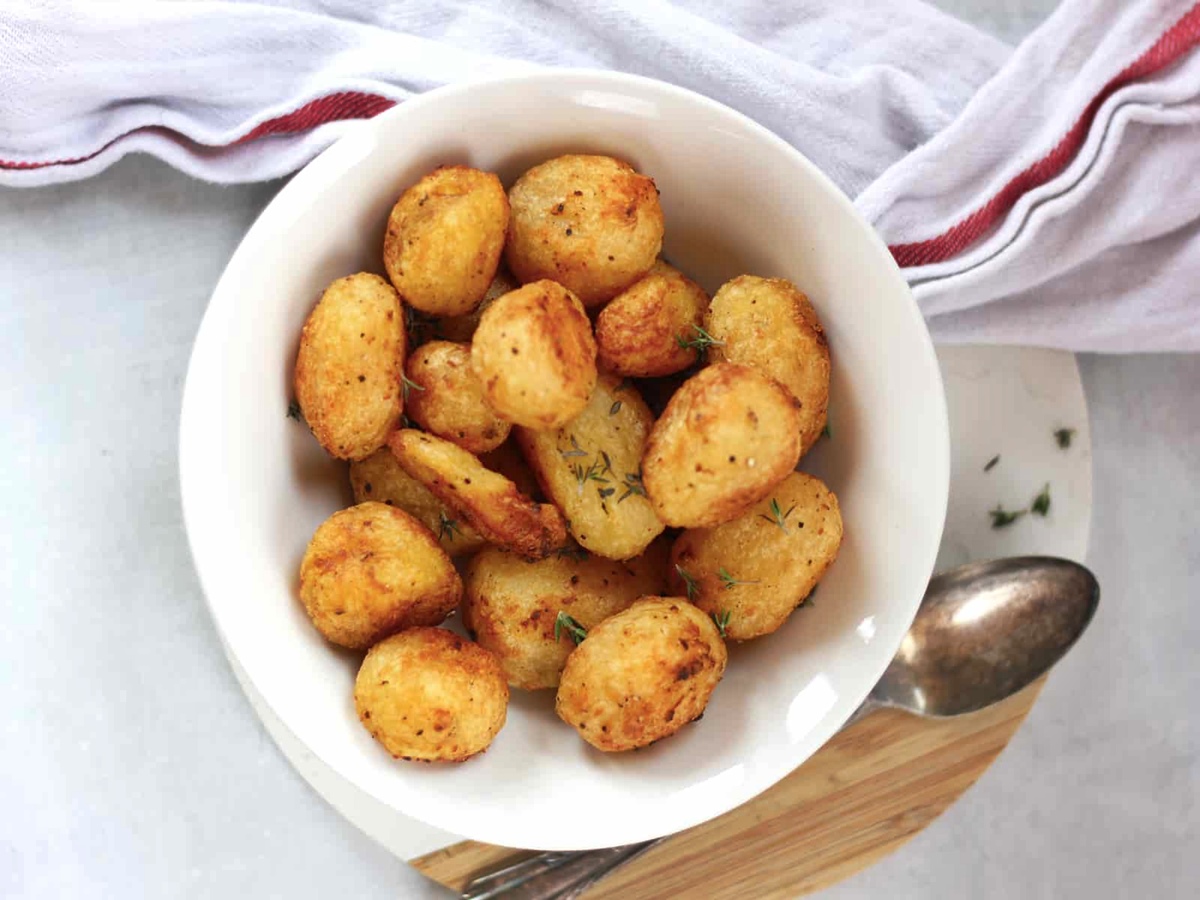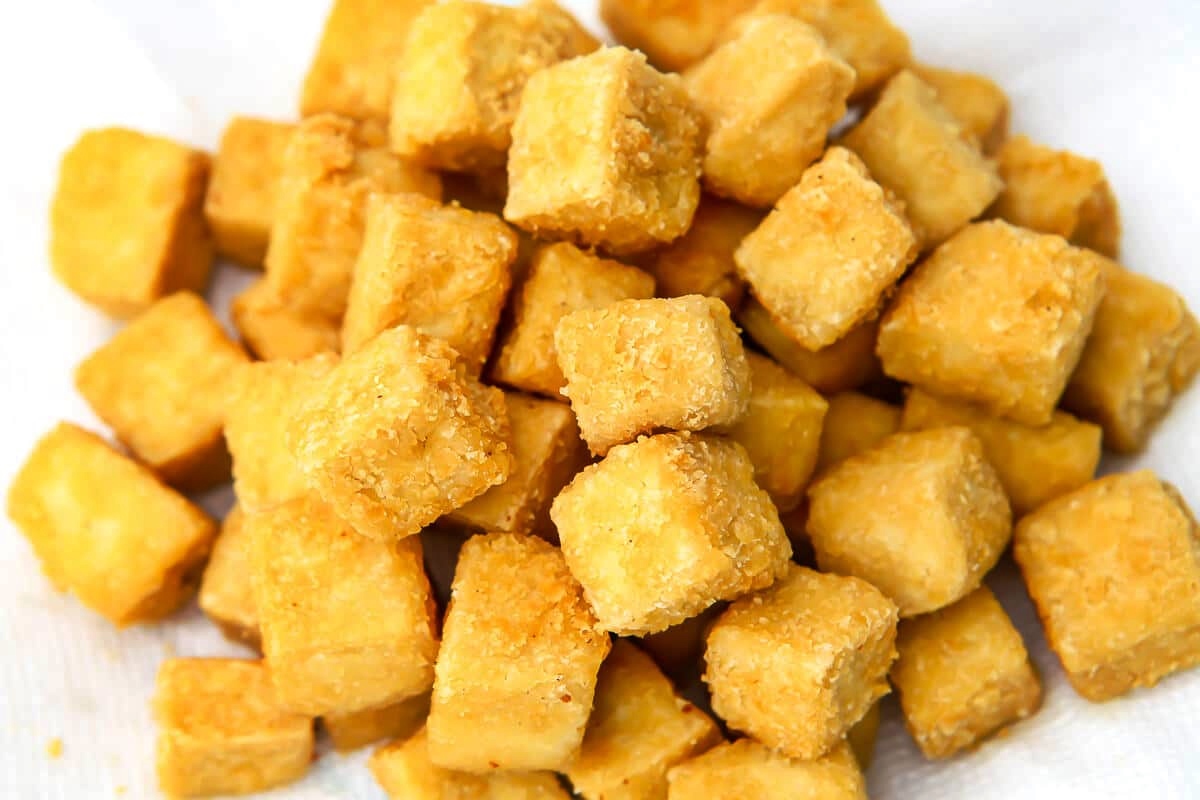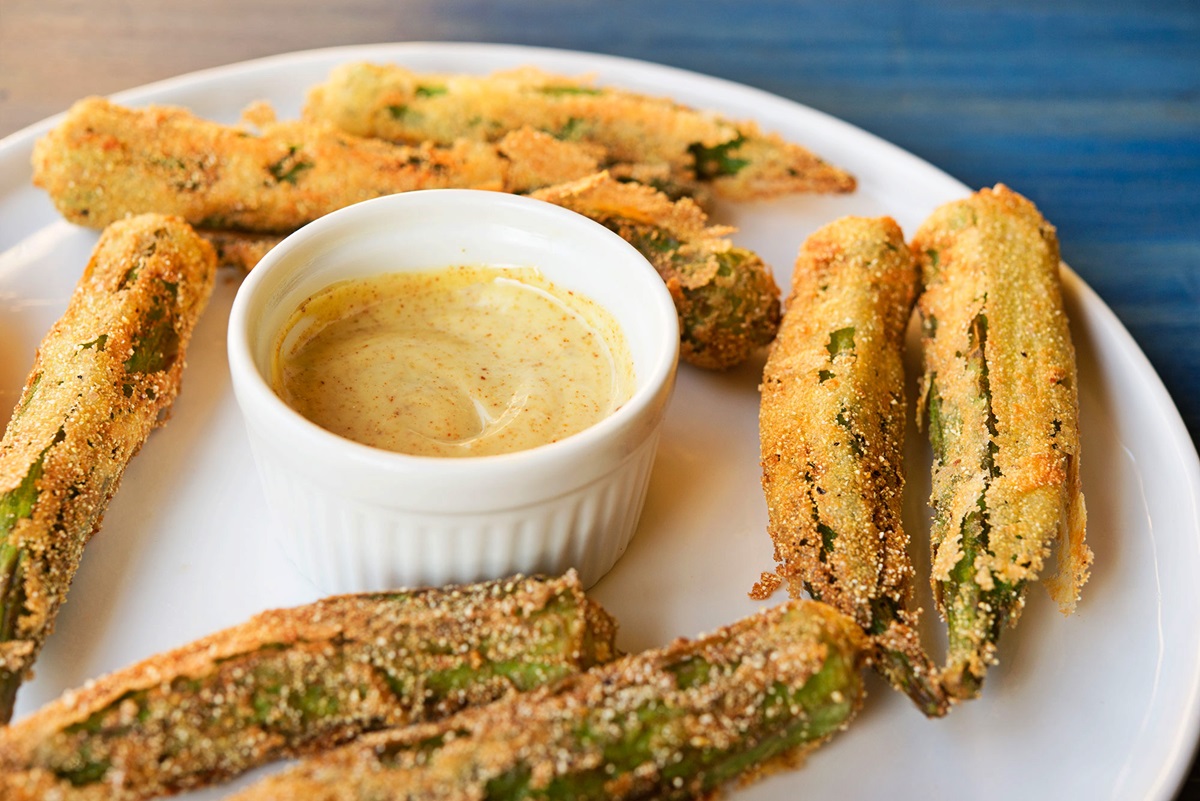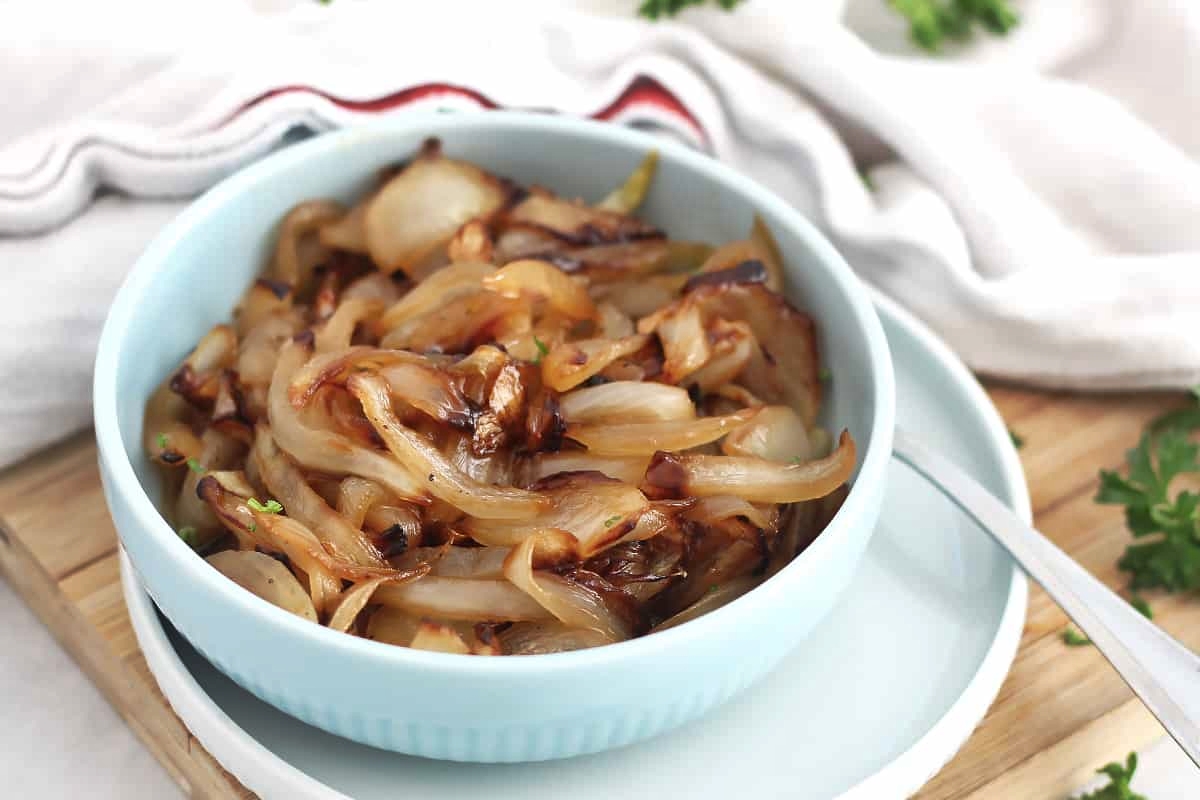How To Fry Tripe: A Delicious and Unique Delicacy
Tripe, a surprisingly versatile ingredient, is often overlooked in the culinary world. However, when cooked properly, it becomes a flavorful and tender delicacy that can impress even the most discerning palates. In this article, we will guide you through the step-by-step process of frying tripe to achieve a delicious and satisfying dish.
What is Tripe?
Tripe is the edible lining of a cow’s stomach, and it has been enjoyed in various cuisines around the world for centuries. It is known for its unique texture and ability to absorb flavors from different ingredients. When cooked correctly, tripe can be tender and flavorful, making it a favorite among adventurous food enthusiasts.
Preparing the Tripe
Before frying, it is important to properly clean and prepare the tripe to ensure its tenderness and remove any unpleasant odors. Here’s how you can do it:
- Start by rinsing the tripe under cold water to remove any residual substances.
- Using a sharp knife, trim away any excess fat or impurities from the surface.
- Cut the tripe into small, bite-sized pieces or any desired shape.
- Now, it’s time for the crucial step of blanching the tripe. Place the tripe in a pot of boiling water and let it simmer for about 10 minutes. This will help further clean the tripe and remove any remaining impurities.
- After blanching, drain the tripe and pat it dry with a paper towel.
Frying the Tripe
With the tripe now cleaned and prepared, it’s time to dive into the frying process. Follow these steps to achieve tender and flavorful fried tripe:
- In a large skillet, heat oil over medium-high heat until it reaches a frying temperature of around 350°F (175°C).
- Season the tripe with salt, pepper, and any additional spices or herbs of your choice.
- Coat each piece of tripe in flour, shaking off any excess.
- Carefully place the tripe in the hot oil, making sure not to overcrowd the skillet. Fry the tripe in batches if necessary.
- Fry the tripe for about 5-7 minutes or until golden brown and crispy, flipping halfway through to ensure even cooking.
- Once cooked, remove the fried tripe from the skillet and let them drain on a paper towel-lined plate to absorb any excess oil.
Serving Suggestions
Fried tripe can be enjoyed in various ways. Here are a few serving suggestions to inspire your culinary creativity:
- Serve the fried tripe as an appetizer with a tangy dipping sauce such as aioli, tzatziki, or sweet and sour sauce.
- Add the fried tripe to a salad, providing a delightful crunch and an unexpected twist of flavor.
- Incorporate the fried tripe into stir-fries or noodle dishes, creating a unique and tasty addition to your favorite Asian-inspired recipes.
- Enjoy the fried tripe as a main course, paired with mashed potatoes or rice pilaf for a satisfying and flavorful meal.
Now that you know how to fry tripe to perfection, it’s time to embrace the culinary adventure and enjoy this underrated delicacy. So go ahead, get your frying pan ready, grab some fresh tripe, and start exploring the wonderful world of fried tripe!
Using the guide on how to fry tripe, readers can experiment with recipes like Fried Tripe with Garlic Aioli and Spicy Fried Tripe Tacos. These dishes highlight the versatility of fried tripe, offering both a classic and a bold, spicy option. For those seeking a refreshing twist, Crispy Fried Tripe Salad provides a delightful crunch, while Fried Tripe with Sweet and Sour Sauce balances flavors perfectly. Adventurous cooks should try Korean-Style Fried Tripe with Gochujang Sauce for a taste of Korean cuisine or Fried Tripe with Chimichurri Sauce for a zesty kick. These recipes not only make great use of the frying technique but also introduce diverse flavors and textures that will impress any palate.
Was this page helpful?
Read Next: How To Fry Mushrooms In Oil
